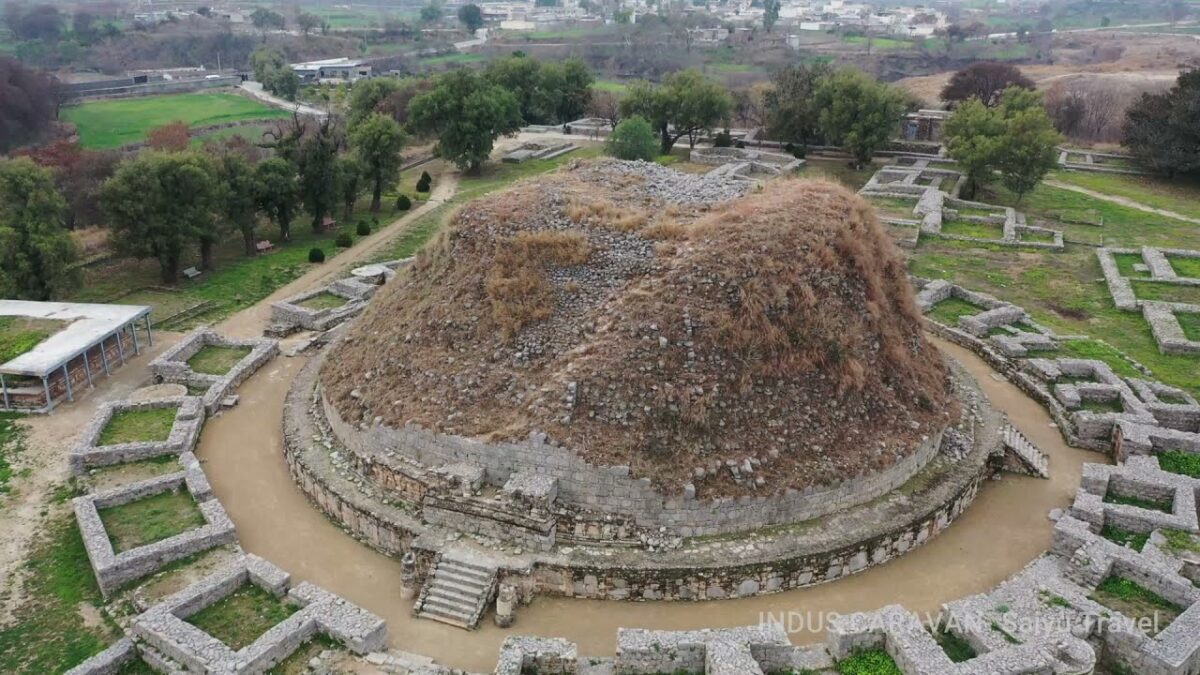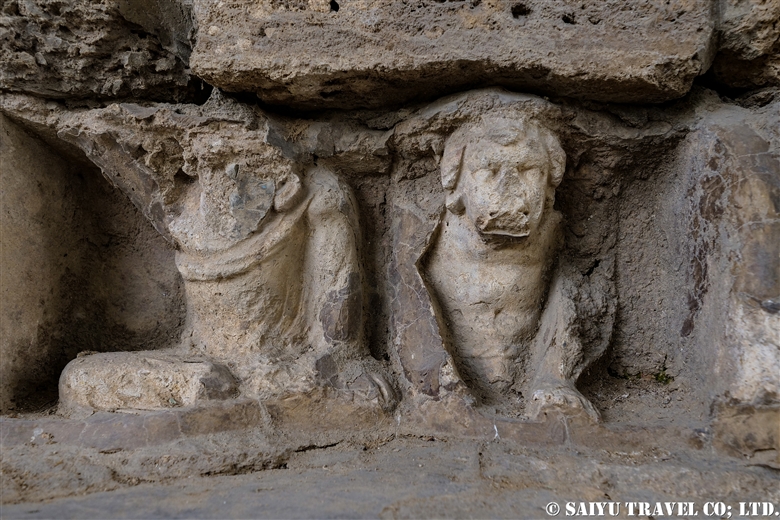This is drone footage of the Dharmarajika Stupa.
Built in the 3rd century BC, it is one of the two stupas created in the Gandhara region by Mauryan King Ashoka. From the sky, you can see the circular platform of the huge stupa and the shrine surrounding it.
For information of the ruins of Dharmarajika, see here
Drone footage Dharmarajika Stupa, Taxila
Video & text: Mariko SAWADA
(Video is from a trip in Feb 2020)
Location : Dharnarajika, Taxila, Punjab
Category : = Video Clip Punjab > ◆ Video Breathtaking Views of Pakistan > - Monument / Heritage of Punjab > - Taxila > - Gandhara > ◆ Punjab > ◇ Heritage of PakistanTag : Unesco World Heritage Pakistan , pakistan buddhist tour , Gandhata , Pakistan Travel company , Dharmarajika , Pakistan Blog , Pakistan Photography Tour , Dharmarajika Stupa , Pakistan Travel Blog , Indus Caravan , Pakistan Heritage Tour , Saiyu Travel , Saiyu Travel Pakistan , Gandhara tour , Taxila , pakistan buddhist ruins














